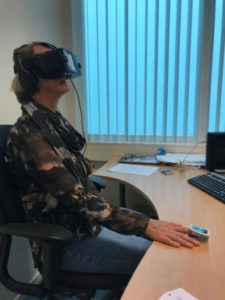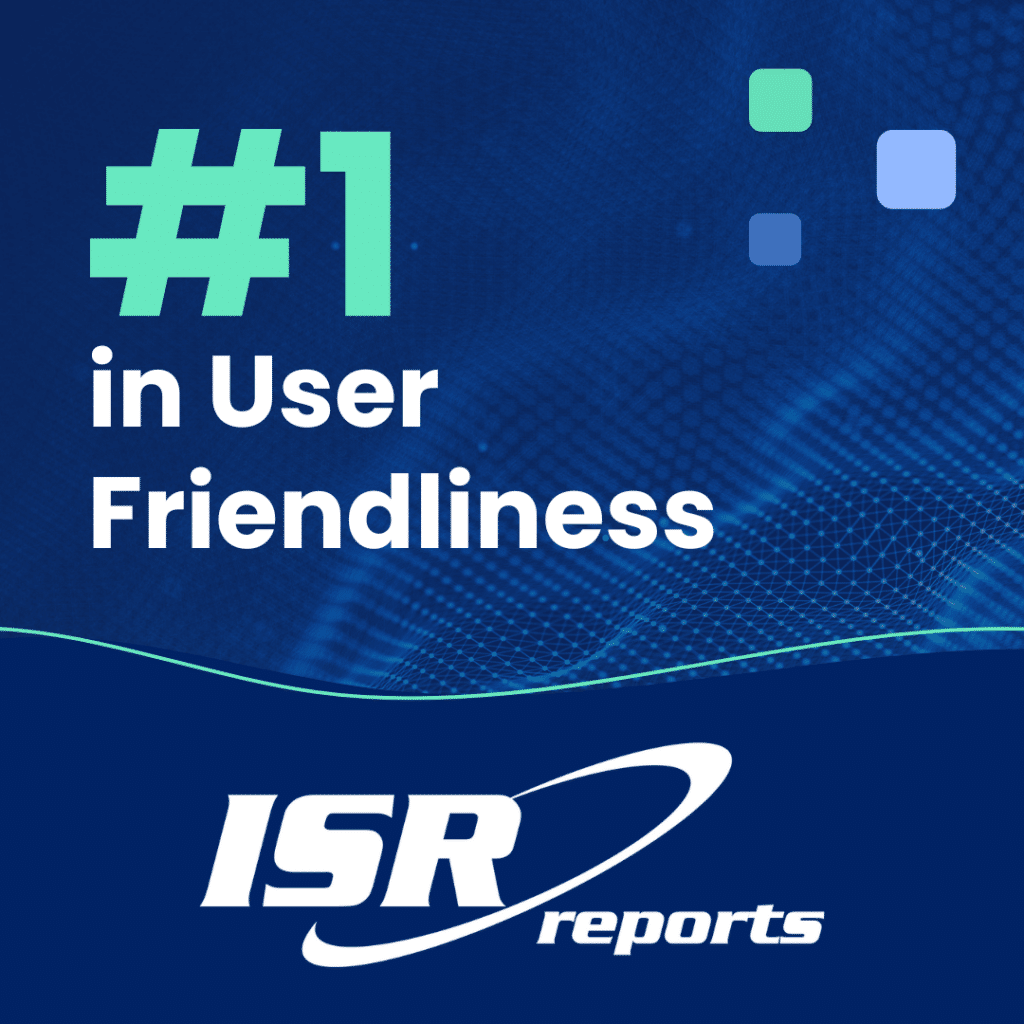When I first tried a virtual reality set myself, my mind was blown. It is hard to describe what it actually is like to experience a virtual space, but it sure is astonishing. Although my VR experience is limited to games, it is interesting to see how creativity, technology and medical necessity came together in a research project led by Michel van Genderen. This project focuses on whether Virtual Reality Therapy can be useful for sepsis survivors in the ICU.
We want to thank the researchers for sharing their work with us and the Castor community. Congratulations on the nomination for the Castor Research Award!
Feasibility and clinical relevance of Virtual Reality Exposure Therapy in sepsis survivors
Initiator: Michel E. van Genderen (MD, PhD), Resident internal medicine, Head of research innovation & Internet of Things (IoT) ICU, Franciscus Gasthuis & Vlietland
Team members: E.J. Wils, MD, PhD; A. Brouwers, MD; van Bommel, MD PhD; H. Vlake, BSc

Background
Patients treated in the intensive care unit (ICU) are the most critically ill patients within the hospital walls. Consequently, patients suffer from long-term ICU-related complications. Recently a single term to identify the presence of one or more of these impairments was acknowledged; the post-intensive care syndrome (PICS). PICS is defined as new or worsening impairment in physical (ICU-acquired neuromuscular weakness), cognitive (thinking and judgment), or mental health status (PTSD, depression). Patients who are treated for sepsis are known to suffer from sequelae of PICS resulting in declined quality of life.
Sepsis (bacterial blood stream infection) is a major public health concern and leads to increased healthcare costs. To date, several interventions have appeared to be ineffective in improving recovery in patients suffering from PICS after ICU treatment. Virtual Reality Exposure Therapy (VRET) has proven to be effective in treating patients with combat-related posttraumatic stress disorder and anxiety disorders. We hypothesized that ICU-specific VRET (ICU-VRET) could ameliorate PICS-related sequalae in sepsis survivors, especially the mental health component. In this randomized controlled pilot study the primary aim was therefore to assess the feasibility and clinical relevance of ICU-VRET in sepsis survivors. Secondary endpoints were to measure the effect on quality of life, psychological PICS-related symptomatology and to quantify to what extent ICU-VRET causes cyber sickness in healthy volunteers.
Study setup / methods

In the first part of the study we conducted an observational study to assess the safety of the Virtual Reality exposure therapy using the ICU-VRET application. Twenty healthy volunteers, aged between 45 and 75 years, with no history of ICU treatment, were randomly assigned to either receiving the ICU-VRET application or receiving the same content on a 2D flat screen. Afterwards, multiple questionnaires were filled in regarding the symptoms of cyber sickness, feeling of presence, immersiveness, and quality of life.
The second phase is a randomized placebo-controlled pilot study. In the current part of the study we evaluate the safety and feasibility of our newly designed ICU-VRET application. Patients had to be admitted with sepsis or septic shock and be mechanically ventilated > 24 hours. After ICU discharge, patients were screened for eligibility and randomly assigned to either the intervention group or the control group. Patients in the intervention group will receive ICU-specific VRET, while the control group will receive a static VR-environment. Patients will fill in multiple questionnaires before the start of the intervention, after the intervention and 1 week, 1 month and 6 months after start of the study. We will also test the practicability and the number of needed/desired sessions. We will score the ratings of patients eligible to receive the intervention and of patients who underwent the intervention, the number of sessions performed, timing of initiation, and duration of each session. Tolerability will be assessed in terms of the extent to which sessions were completed.
How we are using Castor for our research
In the current study, Castor is used in many ways. First of all, Castor is our main data collection platform, so all of our data is stored in Castor, because it’s available everywhere, anytime and for everyone (who has access). We use the multi-user option to give every investigator access to Castor and assign the relevant rights. Because of the built-in dependencies, Castor is also used for data validation in order to decrease data imputation errors.
Our data contains eligibility criteria, baseline characteristics, e-CRF’s and questionnaires. Castor is used to build and send questionnaires to our participants/patients. It’s very helpful that the outcomes of the questionnaires can be calculated immediately when you use calculation fields. Furthermore, Castor is used for safety in our study, to report AE’s and SAE’s. Study progress can easily be kept up on the site, which gives you an instant idea of the progress of the study. We also use Castor to randomize the patients.
For analysis, we export the data from Castor into SPSS and Excel formats. Currently, we are setting up a multicenter trial in four major Dutch hospitals in the Netherlands. This will be the first multicenter, randomized controlled trial evaluating ICU-VRET for the treatments of PICS worldwide.
Stay tuned for more nominations! We wish all nominees good luck and encourage all researchers to brag about their projects and get the chance to win €3000!


